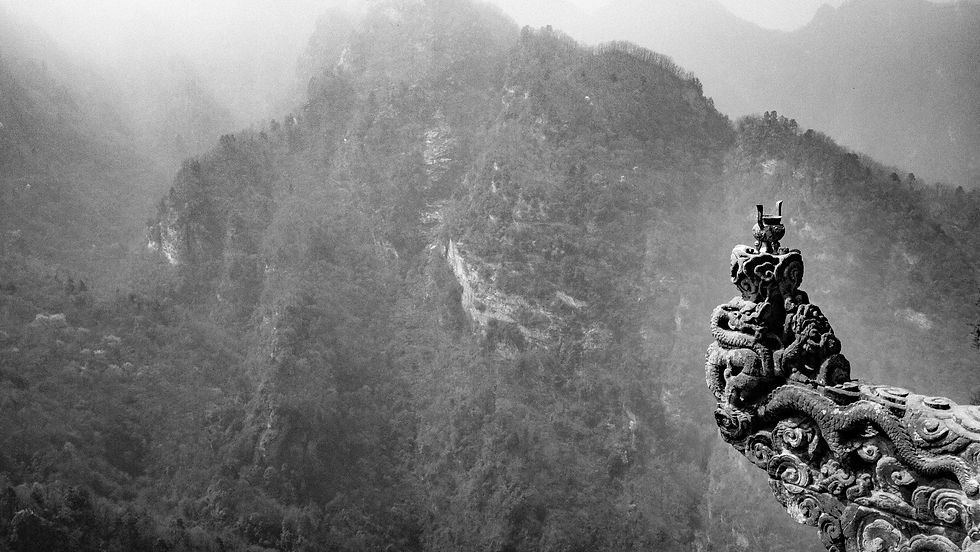The Masks of Mortality 死亡面具 死の仮面
- Robin Yong

- Jun 16
- 3 min read

The Masks of Mortality: Black and White Plague Doctors at the Venice Carnevale
The Venice Carnevale is a whirlwind of vibrant colors, elaborate costumes, and centuries-old traditions. Among the dazzling disguises, one figure stands out, both historically significant and chillingly iconic: the Medico della Peste, the Plague Doctor. While often depicted in a single, recognizable form, a closer look reveals a fascinating duality within this character, embodied by both the black and white variations seen strolling the Venetian streets. These aren't simply fashion choices; they represent a nuanced engagement with the history and symbolism of the plague.
The classic Plague Doctor costume, characterized by its long, beak-like mask, wide-brimmed hat, and floor-length coat, is instantly recognizable. Originally designed for practical purposes, each element offered a physical barrier against the dreaded disease that ravaged Europe for centuries. The beak was stuffed with herbs and spices believed to filter out the "miasma," the poisonous air thought to carry the plague. The coat, often made of waxed leather or linen, provided a layer of protection against fleas, the primary vectors of the disease. The hat signified the wearer's profession and status, while a long wooden stick allowed them to examine patients without direct contact.
While the somber, often black, version of the Plague Doctor is perhaps the most common, the white variant holds its own significance. Both colors draw on historical interpretations and theatrical representations. Let's delve into these differences:

The Black Plague Doctor: This version evokes the grim reality of the epidemic. The dark hues emphasize the sorrow, death, and fear that permeated society during the plague outbreaks. The black cloak absorbs the light, adding to the figure's mysterious and somewhat menacing aura. This manifestation of the Plague Doctor serves as a stark reminder of the disease's devastating impact and the widespread feeling of hopelessness it engendered. It's a somber, reflective representation of a dark chapter in history.

The White Plague Doctor: Conversely, the white Plague Doctor presents a more sterile, almost ethereal image. White represents cleanliness, purity, and, arguably, hope. This version can be interpreted as an attempt to sanitize the horror, to symbolize the doctor's role as a healer, striving to combat the disease with the limited knowledge available at the time. The white costume can also be seen as a symbolic representation of the medical profession, a beacon of knowledge amidst the darkness. It's a more optimistic, perhaps even idealistic, interpretation of the historical figure.
Ultimately, both the black and white Plague Doctor costumes at the Venice Carnevale offer a powerful and thought-provoking experience. They serve as a reminder of the fragility of life, the persistence of fear, and the enduring legacy of the plague. They invite reflection on the history of medicine, the human response to crisis, and the complex interplay of symbolism and tradition that shapes the Venetian Carnevale.
As you stroll through the labyrinthine streets of Venice during Carnevale, keep an eye out for these masked figures. Observe their details, consider their symbolism, and remember the weight of history that they carry within the swirling confetti and joyous revelry. For within the masks of mortality lies a story both chilling and essential to understanding the Venetian spirit.
And as usual, the portraits are just done on the busy streets of Venice and using natural lighting only...It is not an indoor photo studio, there is no artificial lighting, flash or reflectors...With my costumed friends, we just take our street portraiture to an all new level....






Comments